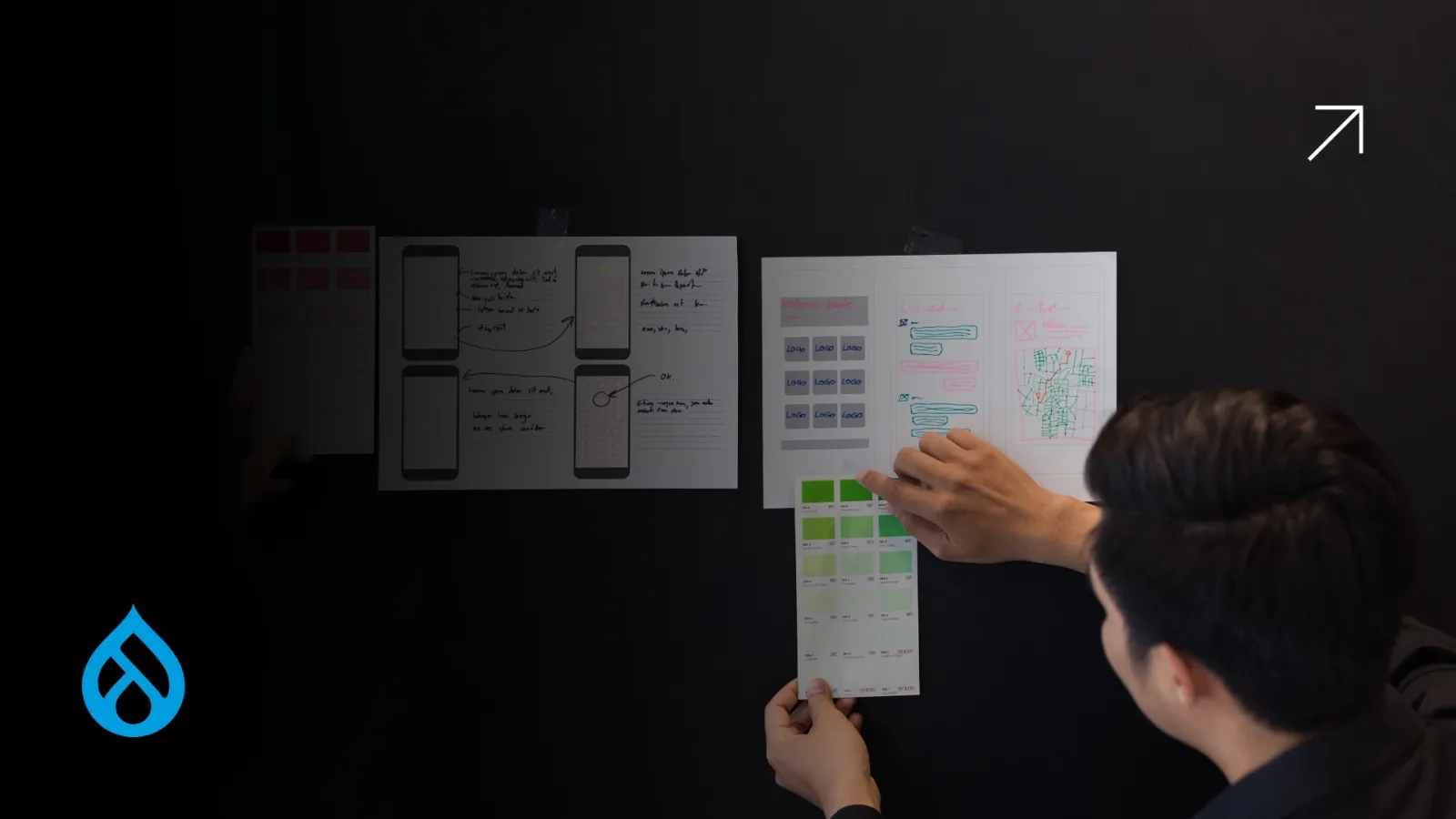Website migration is often seen as a backend necessity—a shift in platform, a security fix, or a response to outdated technology. But forward-thinking organizations know that migration can be more than a technical exercise. It’s a rare opportunity to reimagine the user experience from the ground up. With the release of Drupal 11 new features and improvements, the case for aligning migration with website redesign and UX transformation has never been stronger.
Why Treat Migration as a UX Opportunity?
Every website builds technical debt over time—rushed decisions, legacy design frameworks, content sprawl. A migration clears the slate. And when you're moving to a major CMS update like Drupal 11, you're not just swapping tools; you're unlocking new possibilities. This is the ideal moment to step back and ask: what’s the experience we want our users to have?
Drupal 11 doesn’t just improve performance and backend flexibility—it retools the CMS for content creators, marketers, and front-end developers. From advanced layout controls to better media handling and more intuitive content workflows, the latest version supports a UX-first mindset from planning to execution.
Layout Builder Enhancements for Visual Storytelling
One of the standout Drupal 11 new features and improvements is the refined Layout Builder. While previous versions offered a good start, Drupal 11 pushes visual page building closer to parity with commercial site builders—without compromising Drupal’s underlying flexibility.
Now, layout changes can be made more confidently in real time, with updated drag-and-drop interfaces and contextual preview options. For teams aiming to redesign their website, this enables faster experimentation, prototyping, and personalization of landing pages. No longer do design and development teams have to wait on one another—Drupal 11 enables real collaboration in real time.
CKEditor 5 and Better Content Workflows
Content is central to UX. And in Drupal 11, CKEditor 5 dramatically improves the editing interface—both in usability and functionality. Writers and editors now get a cleaner, more modern editing screen, with autoformatting, real-time collaboration (similar to Google Docs), and built-in support for multimedia embedding.
From a redesign perspective, this means fewer technical bottlenecks in content production. Marketing teams can now create pages that align perfectly with the visual language of the site, using pre-defined design systems baked into the editor.
Claro and Olivero: UX-Focused Themes
The front and back ends of a site contribute equally to the overall experience. Drupal 11’s adoption of the Olivero theme as default for the front end, and Claro for the admin interface, reinforces this principle.
Olivero is a clean, modern, accessible base theme—ideal for redesign projects. It provides a flexible foundation for responsive design, accessibility compliance (WCAG AA+), and faster theming. Claro, meanwhile, drastically improves the admin experience. If your redesign strategy involves empowering internal teams, a more usable backend is essential. Drupal 11 ensures that UX isn’t limited to site visitors—it includes your internal users too.
Enhanced Media Handling for Visual-Driven Redesigns
Today’s websites are increasingly visual. From hero banners to product galleries and video storytelling, rich media plays a major role in design strategy. Drupal 11 introduces improvements to media library performance, better support for third-party media sources, and a more intuitive file management system.
During a redesign, this means less time wrangling assets and more time designing experiences. Teams can now build visually rich pages without writing a single line of code—media fields, view modes, and media embeds are now streamlined for efficiency and control.
API-Ready by Default: A UX Benefit in Disguise
While API-first architecture sounds like a developer benefit, it has deep implications for UX. With Drupal 11 new features and improvements, headless and decoupled architectures are easier to implement. This means you can redesign your front-end using modern frameworks like React or Vue while still managing content in Drupal.
For complex user journeys—think dashboards, interactive product selectors, or personalized content feeds—decoupled front ends give you more control over speed, animation, and responsiveness. The result: smoother, app-like experiences that feel current and competitive.
Seamless Accessibility Improvements
Any serious redesign effort today includes accessibility at its core. Drupal 11 builds accessibility directly into the platform, with better color contrast defaults, keyboard navigation, ARIA landmarks, and semantic HTML output.
For UX teams, this reduces the friction of compliance and ensures that inclusive design is embedded at the system level—not retrofitted later. The time saved here is time better spent refining actual design elements rather than resolving compliance bugs.
Performance and Scalability: The UX Angle
Faster websites are better websites. Drupal 11 includes multiple performance upgrades—optimized caching, lazy loading enhancements, and reduced database load under high traffic. These backend changes lead directly to frontend gains: faster load times, smoother transitions, and lower bounce rates.
For businesses undergoing a redesign, this ensures that the visual polish and UX finesse are supported by a foundation of speed and stability.
Conclusion: Design + Migration = Strategic Advantage
Many organizations treat migration and redesign as separate projects—first upgrade the CMS, then work on design. But with Drupal 11 new features and improvements, it's clear that the smarter path is to align them. Migration becomes a launchpad for user experience innovation.
Whether it's the intuitive layout controls, modern editing tools, visually optimized themes, or backend speed boosts, Drupal 11 offers all the ingredients needed to craft a user experience that’s not only beautiful but functional and scalable. If you're planning a CMS migration, treat it as your window to reimagine how users engage with your brand—because with Drupal 11, you're not just migrating systems, you're evolving experiences.



